With the increase of apartment blocks being built around Queensland, and the increase in density in urban areas, it is not unusual for a developer to require the airspace neighbouring their development site in order to use a crane in the construction process. It is therefore important that affected landowners are aware of their rights in order to protect their interests and mitigate the risk associated with a crane operating over their land.
A landowner owns the airspace above their property to such a height as is necessary for the ordinary use and enjoyment of the land and the structures upon it. Where a crane passes through this airspace without the landowner’s permission, this will amount to trespass and relief can be sought through the courts by way of an injunction and damages flowing from the trespass.
In the usual course of events when neighbouring airspace is required, developers will approach the neighbouring landowner and attempt to enter into an access/licence agreement with them. Often these ‘standard’ agreements are vague, do not provide compensation, and offer little to no protection to the neighbouring owner.
For this reason, landowners should seek legal advice as soon as they receive notice that a developer requires the use of their airspace. This will help to ensure the landowner remains in a strong negotiating position and that their interests are not prejudiced by subsequent communication or actions.
Some of the matters that need to be considered and addressed when negotiating an access/licence agreement include:
The type of crane to be used;
Limiting the licence for a specified time frame;
Ensuring the operating hours of the crane are specified and not just a vague period such as “normal construction hours”;
Detailing the safety requirements to be followed and maintained e.g. the requirement to comply with all laws, standards, and industry codes and supply safety reports to the neighbouring landowner;
Ensuring adequate compensation is included to reflect the danger and risk to the neighbouring landowner, probable disruption and noise issues, and loss of enjoyment and amenity of the land;
Noise minimisation requirements for when the crane is in use and when it is not;
Requirements for storing the crane when it is not in use;
Whether loads are permitted to be carried over the neighbouring property;
The inclusion of an indemnity that protects the neighbour against loss, damage, and liability as a result of the crane;
Requiring the developer and crane owner/operator to obtain appropriate and adequate insurance for the circumstances;
The requirement to minimise dust and debris from the crane activities;
Mechanisms for relief where the developer breaches the terms of the agreement;
Requiring the company directors to provide a guarantee and indemnity to the neighbouring owner; and
Reimbursement of legal fees and other fees incurred as a result of and in connection with the crane activities and grant of the licence e.g. safety consultants.
It may initially seem that a crane using your airspace will have little impact on how you use and enjoy your land, however, as you can see from the list above, there are a number of important issues that must be addressed if you are to have certainty and peace of mind over what could end up being a costly and ongoing interference if limits and requirements are not established.
We are able to assist you in negotiating a suitable access/licence agreement to ensure that your rights are best protected, and so that any concerns you may have are adequately addressed.
Important Disclaimer: The material contained in this publication is of a general nature only and is based on the law as at the date of publication. It is not, nor is it intended to be, legal advice. If you wish to take any action based on the content of this publication, we recommend that you seek professional advice.

